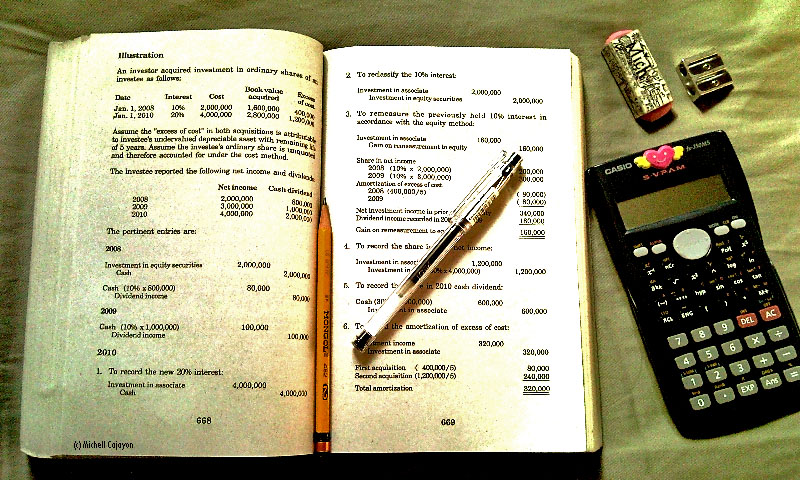On September 29, BSH released their accounts for the year ending June 30, 2023, which are viewable at the following link.
While the financial situation as evidently changed in B9, with these accounts we can understand a bit more about the position the club was in when Shelby Companies Limited (SCL) walked through the door to start running it.
Before going any further with this piece I’d like to remind readers that I’m not in any way an accountant, and that I recommend anyone to take a look at the accounts for themselves to help form their opinions.
Another Big Loss
The first thing I looked at with these accounts was the bottom line; how much money did the club lose last season.
This is important as it helps us understand the situation with FFP going into this season and the work that the new regime need to do to ensure we stay on the right side of the rule book.
Because Blues were (and indeed still are) a partially-owned subsidiary of BSH, it can be difficult to understand what the loss the club made was, as it’s buried in with the other businesses that BSH runs.
This is additionally complicated by a deal BSH made with Oriental Rainbow Investments (ORI), who owned 21.64% of the club until they sold it to SCL on July 13.
The crux of that deal was that ORI would compensate BSH with 75% of the loss the club made while it was in the Championship. This deal ran out on June 30, helping to force BSH’s hand in selling the club.
While it does complicate things, knowledge of this deal means I can use two numbers within the accounts to get a good idea as to what the loss the club made was.
The first number I can use is on the first page of the accounts, where it says that BSH received HK$179,894,000 in compensation for the football club segment.
This number means that ORI had to pay BSH nearly HK$180M in compensation for the loss made by the club.
As we know that ORI had to pay a sum worth 75% (or ¾) of the loss, then using simple mathematics we can multiply the payment by 4/3 to find out what the whole loss was.
This sum comes to roughly HK$239,858,667 – or about £25.270M.
The other number we can look at is on page 9 of the accounts, where it gives a breakdown of the results for each segment of the business.
On that page we can see that under the football segment, BSH made a loss of HK$59,396,000.
Again, using the knowledge we have of the aforementioned loss compensation deal, we know that this number is 25% of the real loss as the rest was compensated by ORI.
Thus again, using simple mathematics we know we need to multiply this number by four to get the full loss.
This comes to HK$237,584,000 which is about £25.024M.
While these numbers don’t quite match, I think it’s safe to assume that the club lost £25M last season; a number which broadly lined up with what I expected in previous articles.
This also confirms the sticky wicket the club were on with regards to Profit and Sustainability regulations this season and why it’s so important for Blues to box clever with transfers and bring in new commercial deals.
As the calculation for this regulation is a three year rolling sum, this number is also part of next year’s calculation. However, it will be less important as other things will then come into play including the new TV deal that the EFL have signed which brings more money to Championship clubs.
Revenue
The second important set of figures for me are the revenue figures. These are important because they tell us how much money the club brought in last year.
Last year was a tough year for the club; while everything was totally reopened after Covid Blues had to cope with the ground closures reducing ticket revenue.
I think there potentially was also a knock on due to the state of the ground affecting how much commercial revenue the club could make, with businesses maybe less inclined to deal with the club while it was in such a state.
This is shown by all three segments of football club revenue (commercial, broadcasting and matchday receipts) dropping compared to the year before.
Matchday receipts were hit hardest, dropping from HK$28.835M to HK$19.982M.
This equates to a drop from just over £3M to around £2.1M, or by about 30%.
Commercial revenues dropped as well, from HK$28.045M to HK$26.418M.
This equates to a drop from around £2.95M to £2.79M, which is around a 5% drop.
This is why it’s been so important for SCL since they came in to encourage fans to come back to the ground.
I think the drop in gate revenue indicates the negative effect the lack of quality in the squad was having.
It’s easily feasible that continuing down the path of reducing wage and transfer expenditure would have continued this death spiral, and thus it shows how vital it was for someone to step up and invest in the team and the ground to help the club recover financially.
In past times these numbers would have made me miserable but now the ownership regime has changed it gives me a positive feeling.
This is because from the little bits we’ve already seen I’m absolutely positive that these numbers will trend upwards this year, which in turn makes it easier for the club to hit the financial targets it needs to.
It also demonstrates to me just how much of a good effect a few new sponsorships and commercial deals could have – which gives me more confidence that everything is going to be okay.
Wages
On page 14 of the accounts staff costs for the BSH group are outlined.
While it’s not a precise science due to the number covering people who didn’t work for the club, this number is interesting to me as it helps us to understand where the club was with regards to player wages.
The good news is that the overall staff cost dropped from around HK$339.06M to HK$288.12M.
In English terms, this is a drop from £35.703M to £30.34M, or about 16%.
While this amount is still more than the total revenue BSH brought into the company in a year, it is trending in the right direction and we have to hope that similarly the club’s wage bill was brought further under control last season.
With some of the bigger contracts ending at the end of last season, there should have been some wiggle room for SCL to bring in players without forcing that number up again to more unsustainable levels.
The departure of Max Colin (who was on £31k per week basic when his contract ended) and Harlee Dean (£23k per week basic) alone removes a commitment of over £2.8M for the club in basic wages, without taking any bonuses into account.
Craig Gardner may have been slated for his “three year plan” speech a couple of years ago, this is precisely what he was referring to and this year will see the end of the last of the big contracts that BSH handed out.
If SCL can continue to keep the wagebill at this sort of level or better, then as more commercial and gate receipt money comes in the easier it will be to make the club sustainable, removing any FFP worries from the future.
If you’ve made it this far, then well done.
I understand how boring and dry this kind of piece is but I do think it’s important for us to understand the financial situation our club is operating in.
While these BSH accounts point to a rough year last year, they should also give us hope that there is a lot of room for the club to grow with the investment made by Tom Wagner and SCL.

